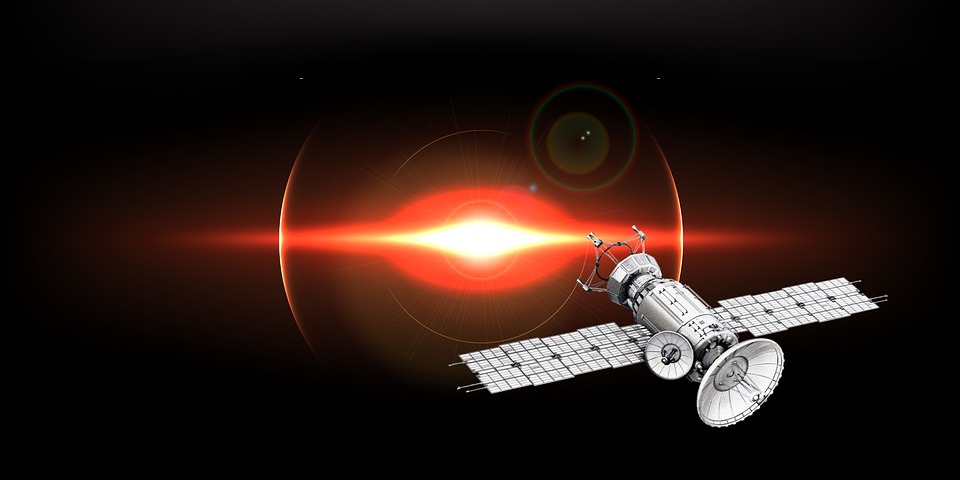
Using its onboard camera JunoCam imager, NASA’s Juno spacecraft has captured the pictures of the seventh of Jupiter‘s eight massive counter-clockwise rotating storms. The images were taken on December 11 when the spacecraft was performing its third close flyby of the planet, while being about 24,600 km from the planet.
Jupiter‘s eight storms are simply amazing as they create a ‘string of pearls’ and appear as white ovals in the southern hemisphere of the planet. Scientists have been observing these white ovals since 1986, and during these years, they varied in number from six to nine. Presently, there are eight white ovals visible.
JunoCam has been specially designed to capture images of Jupiter’s poles and cloud tops. This color, visible-light camera offers a wide view, and was specifically included in the mission for the purposes of public engagement.
Juno mission is being managed by NASA’s Jet Propulsion Laboratory in Pasadena, California for Southwest Research Institute in San Antonio.
Juno is a NASA space probe launched from Cape Canaveral on August 5, 2011, with an aim to study planet Jupiter. Juno was built by Lockheed Martin as part of NASA’s New Frontiers program to study Jupiter’s composition, magnetic field, gravity field, and polar magnetosphere. It is operated by NASA’s Jet Propulsion Laboratory. Juno entered a polar orbit of Jupiter on July 5, 2016. The mission life of Juno is 20 months, and during this period, Juno will try to find clues about the formation of Jupiter, the amount of water present within the deep atmosphere, mass distribution, its core composition, and its deep winds. After completion of the mission, the spacecraft will be deorbited into Jupiter’s atmosphere.
Juno is the second spacecraft, after Galileo, to orbit Jupiter. The nuclear powered Galileo spacecraft orbited around Jupiter from 1995 to 2003. Juno uses its solar arrays to get power to operate. Juno has three largest solar array wings ever deployed on a planetary probe, which generate power for Juno and also help in stabilize it.
Established in 1958, the National Aeronautics and Space Administration or NASA is the space agency of United States of America and is responsible for the civilian space program and aeronautics/aerospace research. Since being established in 1958, NASA has led US in its space exploration efforts, including the Skylab space station, the Apollo moon-landing mission, and Space Shuttle. NASA also shares its data with various national and international organizations.
In the past 50 years, NASA has carried out a variety of manned and unmanned spaceflight programs. Unmanned programs included launching the first American artificial satellites into Earth orbit, sending scientific probes to different planets such as Mars and Venus, and others. Manned programs included sending the first Americans into low Earth orbit (LEO), accomplishing successful human landing on Moon in 1969 through Apollo program, and developing semi-reusable LEO Space Shuttle and space station.
Currently, NASA is working in association with Russia and European Space Agency to manage the International Space Station. The agency is also overseeing the development of the Orion Multi-Purpose Crew Vehicle, Commercial Crew vehicles, and the Space Launch System.


